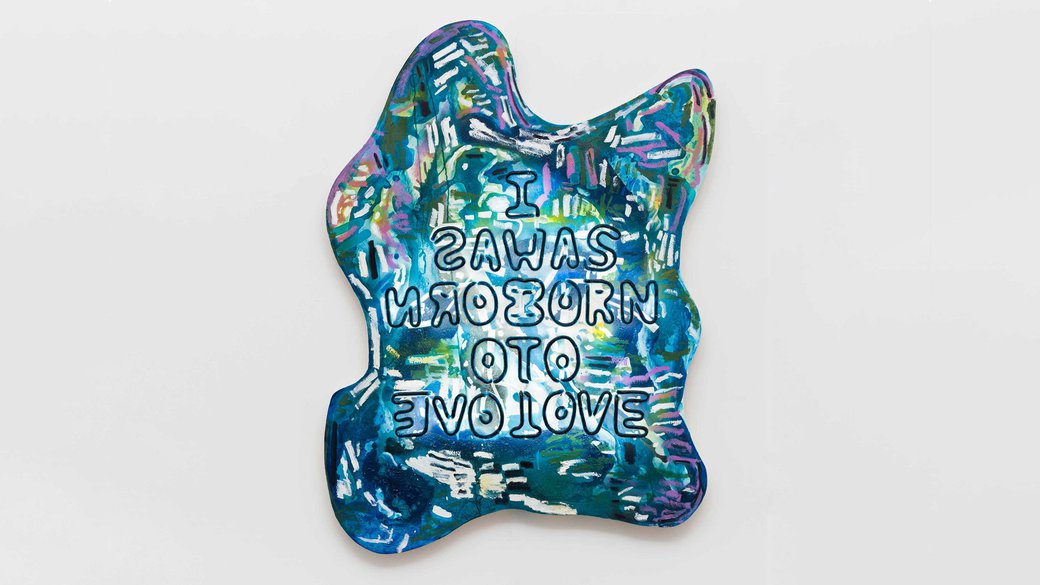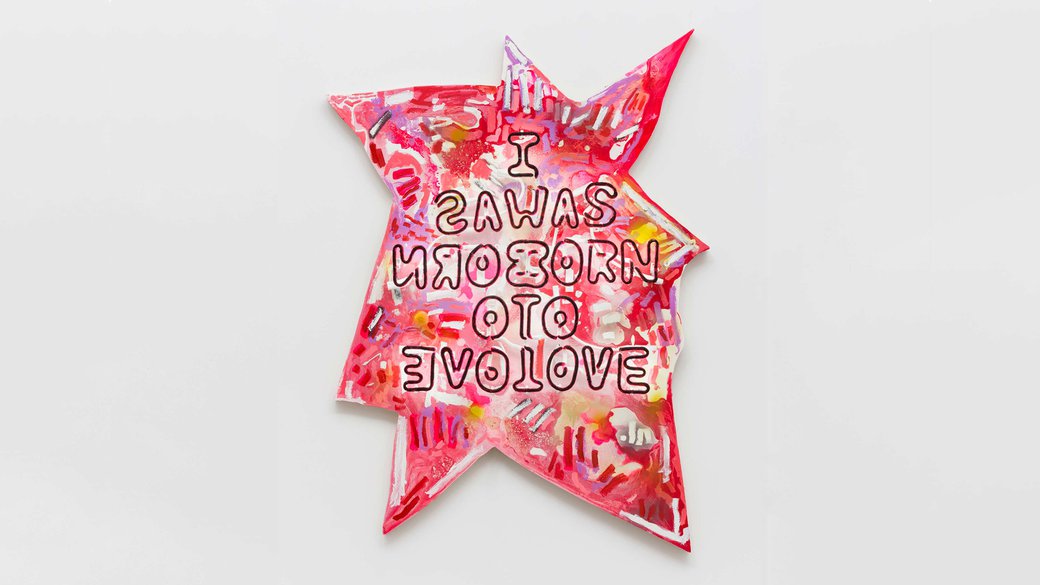Q. Hi, Alexandra. During a recent artist talk, you said you wanted to paint like a reader. When did you first discover this, and what does painting like a reader mean?

A. In Hélène Cixous’s essay “The Last Painting or Portrait of God” she writes: “I would like to write like a painter. I would like to write like painting.” This idea, of writing, like painting, as a “bird-catcher of instants,” was an enormous provocation to my imagination as a young artist. (I had her essay republished in my first museum show catalog, curated by Alma Ruiz at the Museum of Contemporary Art, Los Angeles, in 2007.) I wanted to paint like a writer! But what did this mean? I found every way I could to make Hélène’s ideas visual. Cut to 12 years later in my career, giving a talk as a visiting artist at the Vermont Studio Center, and my words that “I want to paint like a reader.”

Literature has been my main interest or subject matter since I started my career as an artist. At first I was very orthodox about my systems: The words painted needed to be embodied; no illustration, no techniques from the world of advertising. But as so happens after years of work, I came up to the limit of the very rules and parameters that first inspired my practice. I realized that I couldn’t paint like a writer, because it was a writer’s metaphor about painting. But that I could paint like a reader, based on my emotional experience of reading text. If I was painting from a poem and it made me saddened to read it, I wanted to be able to incorporate that sadness. If angered, to show that emotion visually in my aggressive brushstrokes or enraged sense of color. A reader does much more than just receive the information in texts, she responds to them.






